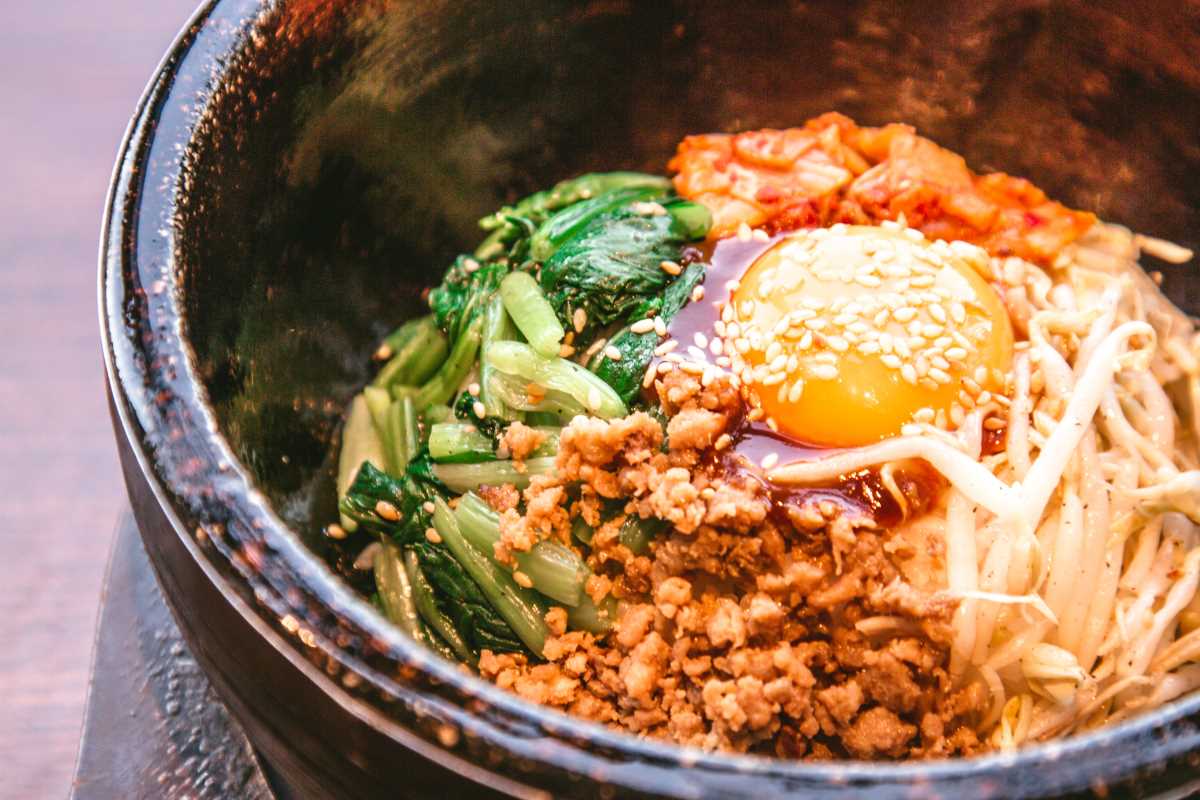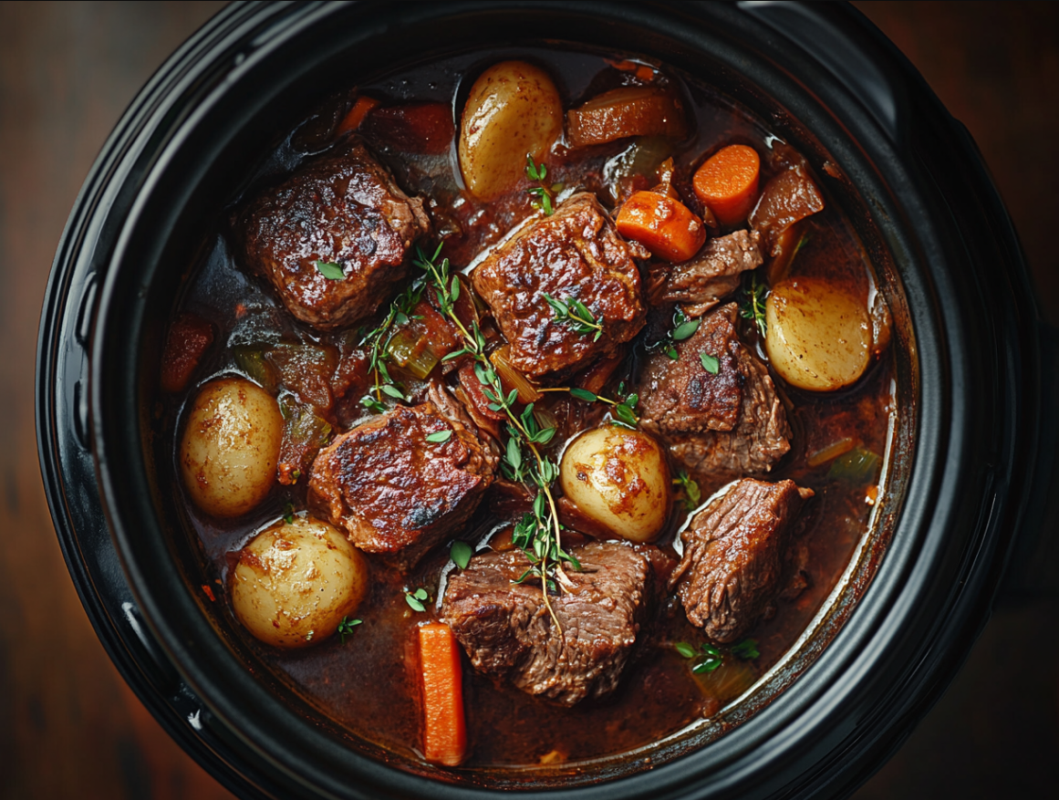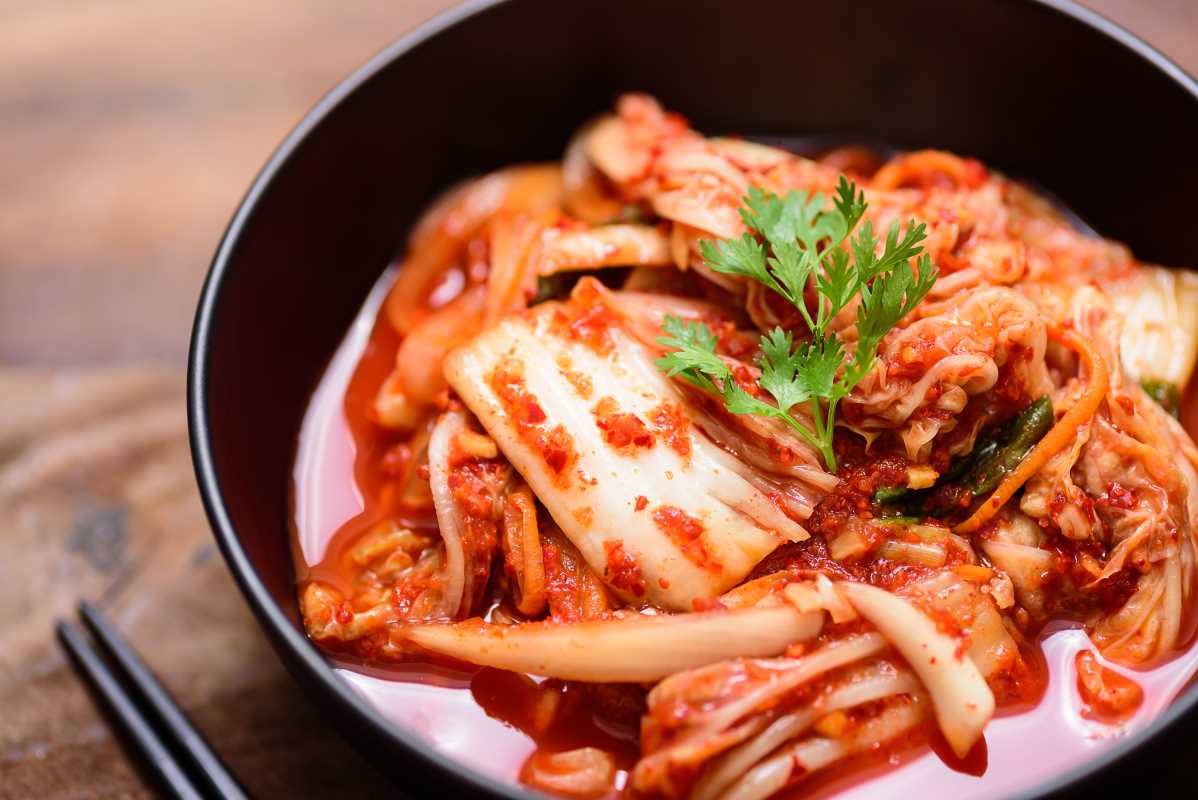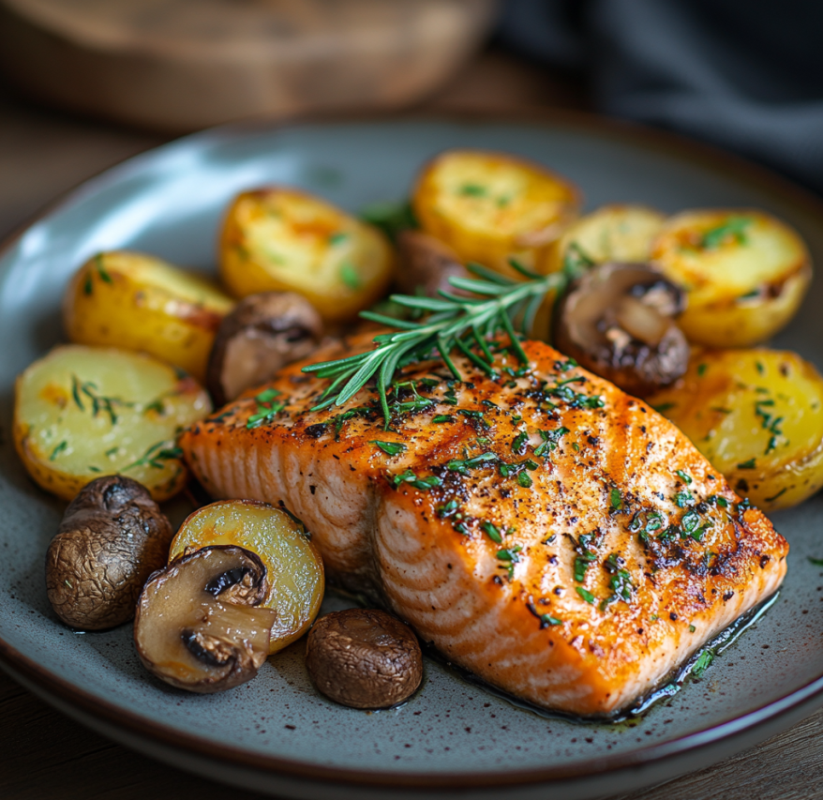Food has always had the power to tell stories, connect people, and reflect the cultures it comes from. But what happens when two (or more) different culinary traditions come together on one plate? That’s where fusion cuisine takes center stage. Fusion cuisine is all about blending flavors, techniques, and ingredients from different cultures to create something new and exciting. It’s where creativity meets tradition, and the results are often a delicious explosion of flavors you might not expect.
For foodies who love to travel and experiment in the kitchen, fusion cuisine is like having the best of multiple worlds on a single plate. Whether it’s a sushi burrito, a kimchi taco, or a curry pizza, fusion cuisine is everywhere these days. But where did this trend originate, and how can you bring it into your own home? Grab a seat at the table as we dig into the history, inspiration, and possibilities of fusion cuisine.
What is Fusion Cuisine?
At its core, fusion cuisine combines elements from different cultural cuisines into one dish. This can range from subtle influences, like adding an unexpected spice, to full-on mashups where traditional dishes are transformed by mixing techniques, flavors, or ingredients.
The beauty of fusion cuisine lies in its versatility. It could be as simple as making teriyaki-glazed tacos or as intricate as French-Japanese pastries like matcha éclairs. Whether it’s blending two cuisines or pulling inspiration from various global flavors, fusion cuisine shakes up traditional cooking rules and lets creativity shine.
A Brief History of Fusion Cuisine
The idea of combining foods from different cultures isn’t exactly new. People have been blending culinary traditions for centuries as cultures interacted through trade, migration, and exploration. Think of Italy’s pasta, which some scholars believe was influenced by noodles brought over from China through the Silk Road. Or consider the classic British dish of chicken tikka masala, which evolved from the influence of Indian cuisine during the British colonial era. Fusion cuisine, in many ways, has always existed as a natural result of cultural exchange.
However, the term “fusion cuisine” became popular in the 1970s and 1980s, particularly in fine dining circles. Chefs started combining Asian and European cooking styles, creating dishes that felt fresh and innovative. Names like Wolfgang Puck, who famously brought together Asian flavors with French techniques in his restaurants, helped put fusion cuisine in the spotlight. By the late 20th century, fusion cooking had expanded beyond fine dining and became a global phenomenon, appearing everywhere from street food markets to homemade meals.
Popular Options
Fusion cuisine’s creativity knows no bounds, but some dishes have become iconic examples of the style. Here are a few you’ve probably heard of (or even tried):
- Korean Tacos: A crowd favorite, Korean tacos blend the bold, spicy flavors of Korean BBQ with the handheld convenience of Mexican tacos. They’re often loaded with marinated bulgogi beef, kimchi, and sriracha mayo for the perfect mix of heat and tang.
- Sushi Burritos: Take the elements of Japanese sushi (raw fish, rice, seaweed) and wrap them into something as portable as a burrito. These oversized sushi rolls are practically a meal in themselves and a hit among food truck fans.
- Butter Chicken Poutine: This is where Canada meets India. Chefs have taken Canada’s beloved poutine (french fries topped with gravy and cheese curds) and swapped in rich butter chicken curry for a creamy, spicy upgrade.
- Ramen Burgers: Remember when ramen burgers took the food world by storm? Instead of a bread bun, this mashup uses crispy fried ramen noodle “patties” to hold the burger together. It’s surprisingly delicious and a perfect example of fusion cuisine creativity.
- Tex-Mex: It doesn’t get much more classic than Tex-Mex, which merges Mexican ingredients like tortillas and beans with Texas-style barbecue, cheese, and chili spices. Think enchiladas, nachos, and fajitas.
Tips for Cooking at Home
You don’t need a culinary degree to start experimenting with fusion cuisine in your own kitchen. All it takes is a little inspiration and a willingness to play with flavors. Here’s how to get started:
- Start with Familiar Dishes: Choose a meal you already know how to cook and think about how you can add a twist. For example, give your lasagna a Mediterranean spin by using feta cheese and ground lamb instead of mozzarella and beef.
- Mix Up the Flavors: Experiment with spices and herbs from different cultures. Adding ras el hanout (a Moroccan spice blend) to roasted chicken or using gochujang (a Korean chili paste) in your pasta sauce can completely transform a dish.
- Swap Ingredients for Global Alternatives: Replace common ingredients in your recipes with something more exotic. Use coconut milk instead of heavy cream in soups or stews, or try yucca or plantains as a starch instead of potatoes.
- Pair Techniques and Flavors: Fusion cuisine isn’t just about ingredients; it’s also about methods. Try grilling naan bread for a crispy pizza crust or steaming dumplings stuffed with Tex-Mex fillings like chorizo and shredded cheese.
- Keep It Balanced: Fusion dishes should feel cohesive, not random. Be mindful of balancing flavors (sweet, salty, spicy, sour) so one doesn’t overpower the other.
- Take Inspiration from Travel and Restaurants: If you’re stuck on ideas, draw inspiration from global dishes you’ve tried or seen while traveling. You can also look for ideas on menus at fusion restaurants in your area.


.jpg)




